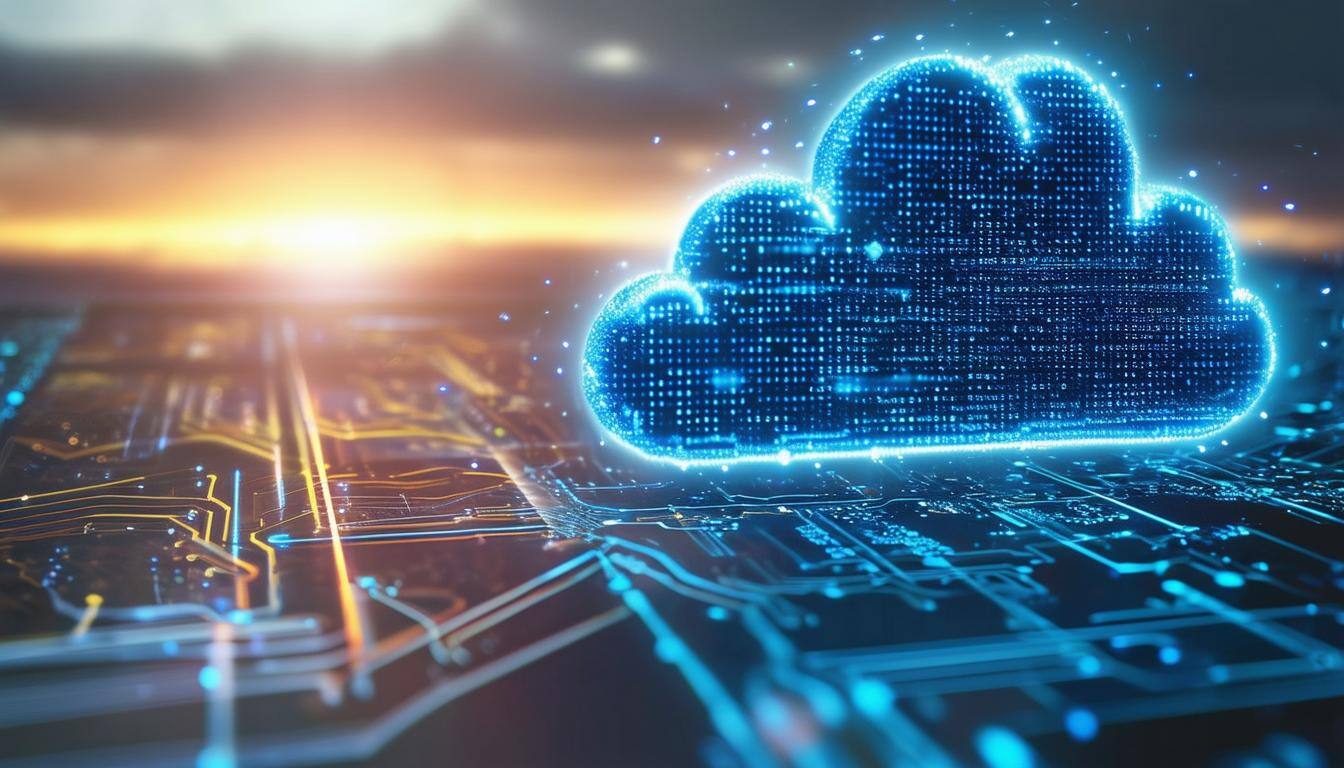This is the first of three blogs on Secure Remote Access (SRA), focusing on why secure remote access is critical in Industrial Control Systems (ICS) environments and how taking an enterprise approach ensures more than just operational continuity — it helps organizations stay ahead of evolving risks.
As businesses adopt more advanced technologies and pursue digital transformation, secure remote access to ICS environments has become a critical element to success, and a significant layer of a good ‘defense-in-depth’ strategy.
SRA refers to the authorization and control within OT Networks, enabling users to program, service, or patch automation systems. Historically, industrial environments were naturally isolated — or "air-gapped" — from corporate systems, and to help prevent unauthorized access at that time. However, as the business recognized the value of Production data in Operations, causing the confluence of Operational Technology (OT) with Corporate IT networks, and combined with the rise of new OT and IIoT devices and vendors, increased outward exposure, and greatly increased cybersecurity risk and threat surface.
Why Remote Access Matters in ICS Environments
Remote access allows engineers, technicians, OEM vendors, and system administrators to monitor, manage, and troubleshoot systems without needing to physically on-site. This capability becomes essential in complex, dispersed operations or when quick interventions are required to prevent downtime. Some key benefits include:
-
Increased Operational Efficiency: Real-time monitoring reduces the need for onsite visits and maximizes uptime.
-
Cost Reduction: Remote diagnostics and maintenance reduce travel expenses and minimizes reliance on large on-site teams.
-
Improved Response Time: Quick remote intervention ensures that issues can be identified and resolved faster, preventing major disruptions.
However, as more users gain remote access, the threat surface expands — making remote access security a highly-critical concern.
Addressing Security Challenges in ICS Remote Access
ICS environments are designed with safety, availability and reliability in mind, typically in that order, contrary to the IT focus of Confidentiality, Integrity and Availability. Not including authentication measures in that design will create gaps that malicious actors can exploit, especially as the need for additional remote connectivity increases. Here are some of the primary challenges:
-
Legacy Systems: Older components often use outdated protocols and operating systems, making them difficult or impossible to patch or upgrade.
-
Increased Attack Surface: Every new remote access point increases the risk of unauthorized access, if not properly secured, Insider Threats: Whether intentional or accidental, insiders with remote access can pose a significant risk in remote access scenarios.
-
Inconsistent Security Policies: When IT and OT environments follow different or uncoordinated security policies, gaps emerge that attackers can exploit.
A Defense-in-Depth Approach for Securing Remote Access
Ensuring secure remote access to ICS environments requires more than just tools — it demands a combination of robust security technologies, comprehensive policies, and employee training. Below are some best practices that we see in the wild every day:
-
Implement Strong Authentication and Access Control: Use multi-factor authentication (MFA) and role-based access controls (RBAC) to ensure only authorized users access systems necessary for their work. Regularly audit access logs to monitor who is accessing the system and when.
-
Use Secure Remote Access Technologies: Virtual Private Networks (VPNs) and jump servers can act as secure intermediaries to reduce direct system exposure. Encrypted communication ensures all data transferred between remote users and the ICS environment is protected to prevent interception.
-
Segmentation of IT + OT Networks: Keep ICS environments isolated from corporate IT networks to prevent malware spread. Use firewalls and intrusion detection/prevention systems (IDS/IPS) to monitor traffic between segments and block suspicious activity.
-
Regular Security Audits: Conduct vulnerability assessments, penetration testing, and timely patching to close security gaps.
-
Establish Incident Response Plans: A well-prepared Incident Response plan that outlines procedures for detecting, responding to, and recovering from cybersecurity incidents, ensures swift recovery from security incidents. Regular drills (what should be a natural output from ongoing table-top exercises) help employees respond effectively during a crisis.
Conclusion
In a connected world, the benefits of remote access are clear — but so are the risks. A strong, enterprise-grade approach to secure remote access is essential to protect operations and unlock new efficiencies.
As ICS environments become increasingly interconnected, the need for secure remote access grows. Partnering with experts in both technology and cybersecurity is crucial to safeguarding your industrial systems.
Get an Ally in Your Technology Journey. Learn how Compugen can help you realize new possibilities through secure, reliable access solutions. Explore more about staying Connected + Secured here.





.png)